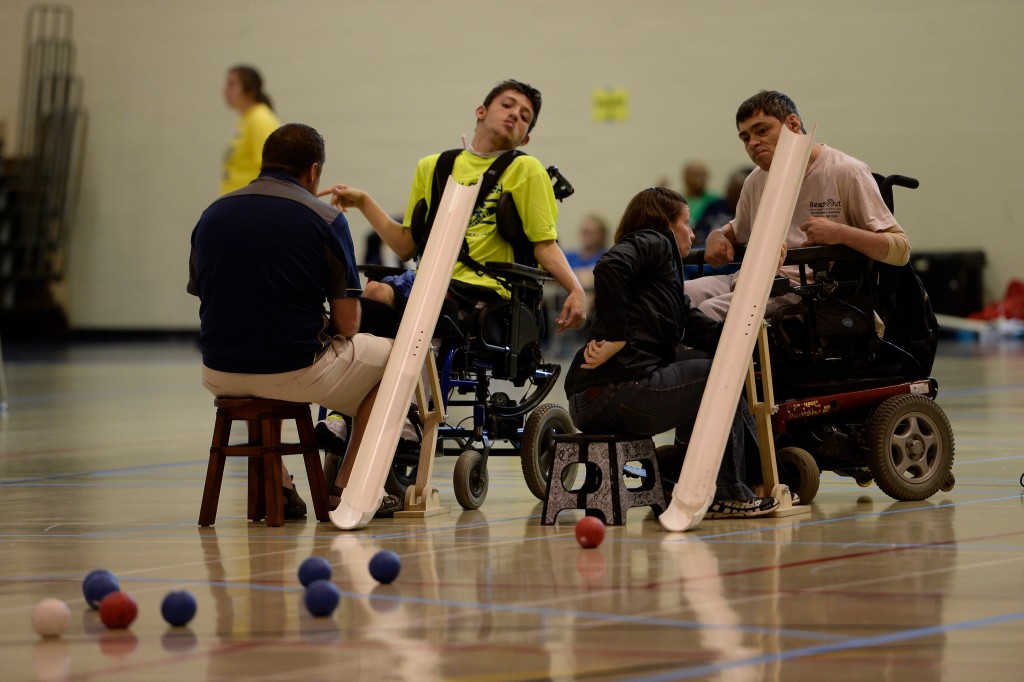451 Hungerford Dr., Suite 608
Rockville, Maryland 20850
451 Hungerford Dr., Suite 608
Rockville, Maryland 20850
Move United is a nonprofit, tax-exempt charitable organization under Section 501(c)(3) of the Internal Revenue Code. Donations are tax-deductible as allowed by law. Tax ID: 94-6174016
